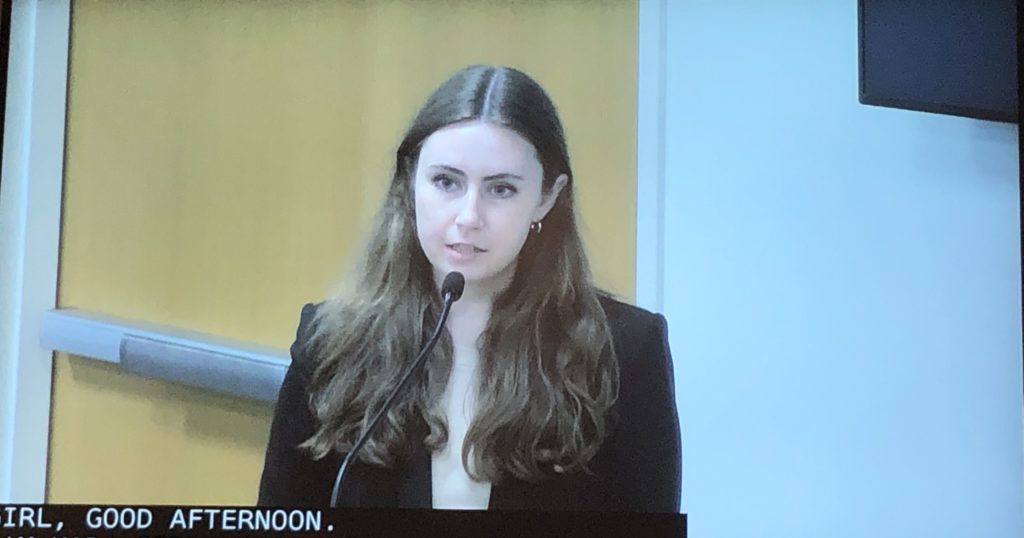Good afternoon! I’m Kara Gurl, Research and Communications Associate at the Permanent Citizens Advisory Committee to the MTA, PCAC.
First, we want to thank you for coming to an agreement on the ADA Civil Rights lawsuit with disability and accessibility advocates. Years in the making, this settlement represents the MTA’s commitment to building a transit system that works for all New Yorkers, including those with disabilities, the elderly, people with strollers or luggage, or otherwise limited mobility. We thank the many advocates who helped make this vision a reality, including the late New York City Transit Riders Council member and disability rights advocate Edith Prentiss who worked tirelessly for a more accessible transit system.
This commitment to making 95 percent of subway stations accessible with an elevator or ramp by 2055 will help advocates hold the MTA accountable while also laying out a timeline and plan for full accessibility. We hope to see advocates and disabled riders engaged at every step of the process to ensure that stations are prioritized in an equitable way across the city. It’s also important that we don’t let local disagreements further delay accessibility improvements, as in the case of the 68th Street – Hunter College elevator currently under construction.
With just 27% of subway stations currently accessible, this is an ambitious goal even with a 33-year timeline. But we’re confident that with sufficient funding, resources, and coordination, the MTA can make an accessible transit system a reality for riders. We hope that over the coming months, years, and decades, the MTA can find ways to speed up the timeline and cut down on costs to bring these crucial improvements to riders even sooner. We’ll continue to fight for the funding necessary to make our subway fully accessible without delay, including the annual $15 billion that congestion pricing will bring in when it’s finally implemented. Zoning for Accessibility will also help make this commitment a reality by working with private developers to fund and build accessibility improvements, and it should be taken advantage of across the city to further speed up this goal.
Riders with disabilities or limited mobility are depending on the MTA to make a fully accessible subway a reality. Last week, you showed riders you’re serious about this commitment. Thank you.
